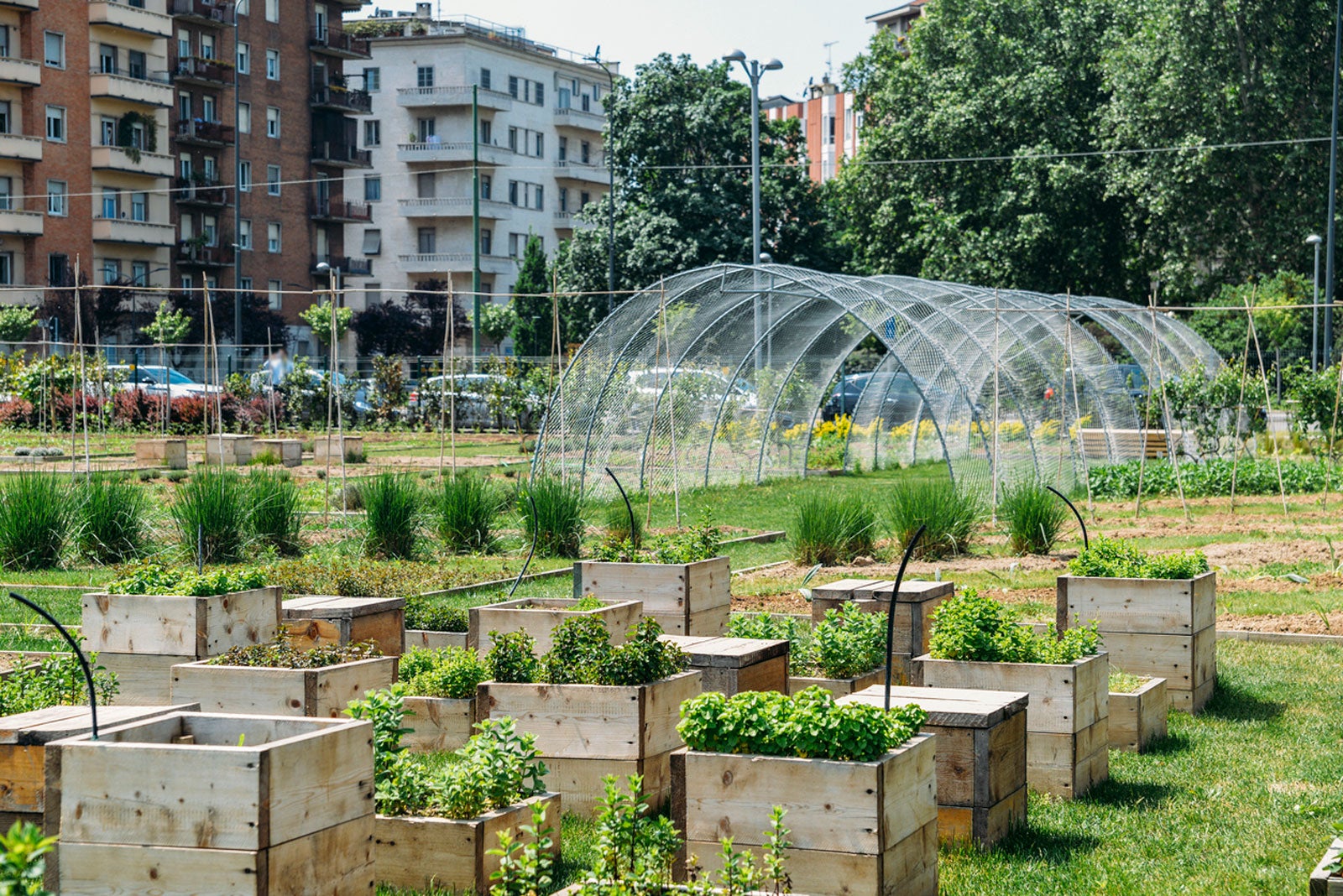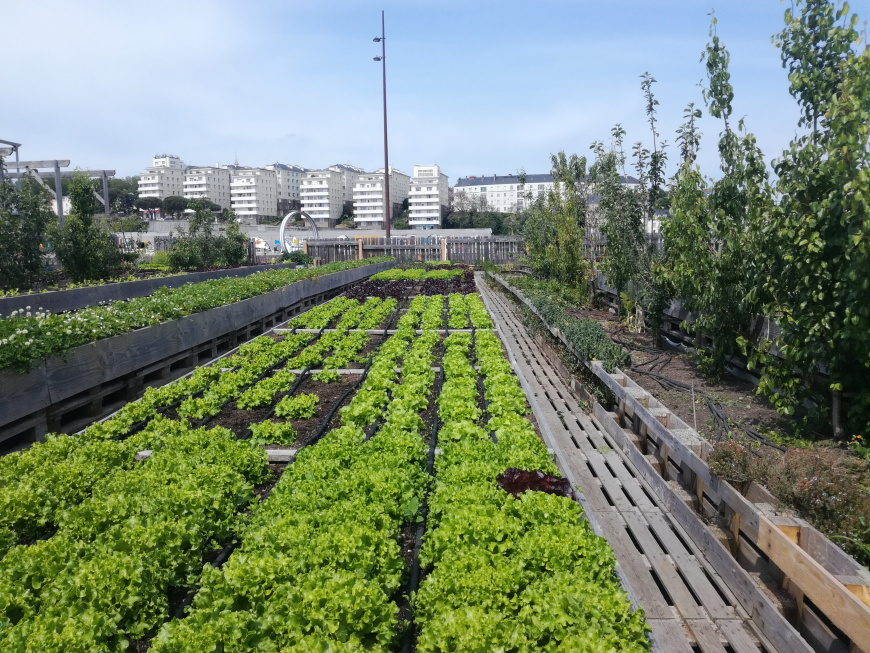An Unbiased View of City Blooming
Table of ContentsA Biased View of City BloomingWhat Does City Blooming Mean?The Best Guide To City BloomingThings about City BloomingLittle Known Questions About City Blooming.
Interested in growing food up for sale in the City of Chicago? Considering beginning an area garden? Modifications to the Chicago Zoning Statute enable farming usages like neighborhood gardens and metropolitan ranches in numerous parts of the city. Below is a listing of often asked questions pertaining to the regulations and regulations that cultivators need to take into consideration when planning a city farming job.
The zoning modification does not change any various other codes dealing with composting, building authorizations, buying or renting City possessed residential or commercial property, organization licenses or ecological contamination. There are existing codes that manage these issues and they remain in complete impact and might be applicable to your project. Area yards are commonly possessed or managed by public entities, public companies or community-based companies and maintained by volunteers.
Urban farms expand food that is intended to be offered, either on a nonprofit or for-profit basis. Because of their commercial purpose, urban farms require a service certificate. Yes. A community garden is allowed to sell excess create that was grown on website if the sales are accessory or subordinate to the yard's key purpose explained over.
The Facts About City Blooming Revealed
The amount of compost material can not go beyond 25 cubic lawns at any given time according to the criteria in 7-28-715 of the City's Municipal Code. Because the dirt at most new yard sites needs amending, garden compost, dirt, wood chips, or other products can be obtained to construct or improve the expanding room.

If a building license is required after that the hoophouse will certainly be taken into consideration an accessory structure. You can figure out even more regarding the structure license demands by contacting the Department of Structures. The 25,000-square-foot dimension limitation is meant to stop a single neighborhood yard from dominating a provided block or interfering with the block's existing residential or commercial personality.
The limit does not put on yards situated in Public Open Room (POS) areas. Can there be more than one area yard that is 25,000 square feet on a solitary block? Yes. The size limitation relates to private yards, not to private blocks. No. Fence is not required, nonetheless, yards that have huge auto parking areas may be required to install secure fencing or various other landscaping features.
City Blooming Things To Know Before You Get This
B1 & B2 areas need that all business use activities be carried out inside your home. R areas limit commercial activity. The regulations mirror the objective and intent of the Zoning Code. Is secure fencing required for metropolitan ranches? Yes. Fencings may be needed, together with landscape design and testing, for particular parking lot and outside work or storage locations depending upon place and the specific activity occurring.
Yes. Urban farms require building licenses and zoning approvals before building. Various other forms of city testimonial might be called for depending upon details structures, activities, size, landscaping, licensing, public health and stormwater management issues. A lot of these needs are identified in the task design or allowing process, nevertheless, the candidate might be accountable to separately recognize certain licenses or permits that might be needed.
The Department of Company Matters and Customer Security can assist figure out the specific kind of organization license that's required. Off road auto parking is needed for the majority of commercial tasks in Chicago. The called for number of vehicle parking rooms is based on the number of staff members functioning on website and not the square video footage of the growing room.
Facts About City Blooming Revealed

An urban ranch can market compost product created on site, nevertheless, the procedure should conform with the regulations in 7-28-715 of the Chicago Municipal Code. Aquaponic systems are enabled indoors on urban ranches in numerous zoning districts.
Approximately 5 hives check here or colonies of honey bees might be maintained as an accessory use. However, beekeepers must register with the Illinois Department of Agriculture. To learn more concerning the proposed zoning amendment you may contact the Department of Real Estate and Economic Development, Bureau of Planning and Zoning at 312.744.8563.
, which takes area in rural areas at the side of suburban areas.
Unknown Facts About City Blooming
It can involve an activity of organic growers, "foodies" and "locavores", that look for to create social media networks founded on a common values of nature and area holism. These networks can create using official institutional support, becoming integrated into local town as a "change town" activity for lasting urban advancement.
The more direct access to fresh vegetable, fruit, and meat items that may be become aware through city farming can boost food protection and food security while lowering food miles, resulting in lower greenhouse gas exhausts, therefore adding to environment change reduction. A few of the very first proof of city agriculture comes from Mesopotamia.